Santa Rosa do Viterbo, in the interior of the state, has had just 12 cases of the disease this year, amid the explosion of cases Brazil is facing.
While Brazil sees an explosion of dengue cases, a city inland from Sao Paulo faces the crisis with relative calm.
Santa Rosa do Viterbo has had only 12 cases of the disease this year and no deaths.
The municipality has just over 26,700 inhabitants, meaning that in 2024 only one in 5,340 residents was infected.
This represents a large reduction compared to when the municipality had not yet implemented a new strategy to combat dengue.
The municipality emphasizes that it has managed to control the spread of the disease by installing traps to catch mosquitoes Aedes aegizithe vector of transmission of dengue.
The traps, called “mosquitraps,” were scattered across the city last year. They imitate a mosquito breeding site.
Water is placed inside with a chemical compound that releases an odor to attract the water Aedes aegizi. This substance is odorless and is not toxic to humans.

When the mosquito enters to lay its eggs, it becomes trapped in an adhesive card on the inside of the trap.
Health officials collect mosquitoes once a week.
After capture, the cards are sent to a private laboratory where the DNA and RNA are analyzed to find out if the mosquitoes are infected with the dengue virus and what strain it is.
It is also analyzed whether the mosquito is a carrier of the zika or chikungunya virus, two other diseases transmitted by the virus Aedes aegizi.
When a mosquito is identified with the virus, the population of the neighborhood is notified and a cleaning and spraying operation is carried out within a radius of 200 meters from where it was caught.
The analyzes are available on the Internet and can be accessed by all residents.
“Before, it was necessary for a person to be infected in order to intensify the fight against mosquitoes in that area,” explains André Nader, Health Secretary of Santa Rosa di Viterbo.
“Today we anticipated it and escalated it as soon as the infected mosquito was identified.”
Drop the cases
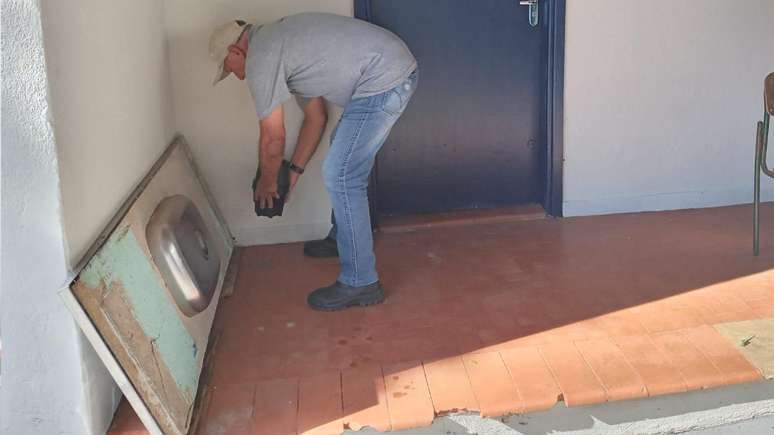
In April last year the Municipality placed 96 traps throughout Santa Rosa do Viterbo, in homes and commercial establishments.
Each location you choose is within 200 meters of each other.
Since then, the municipality has seen a significant decline in the number of people suffering from dengue fever.
From 399 cases recorded in 2022, it went to 148 in 2023, the year in which the trap was adopted, with a reduction of 63%.
All cases last year were recorded in the first half of the year.
The first case this year, recorded in January, involved a resident who was in another state, which is why the case was considered imported.
Compared to Santa Rosa de Viterbo, nearby cities with similar or even smaller populations that do not use trapping have seen more cases of the disease.
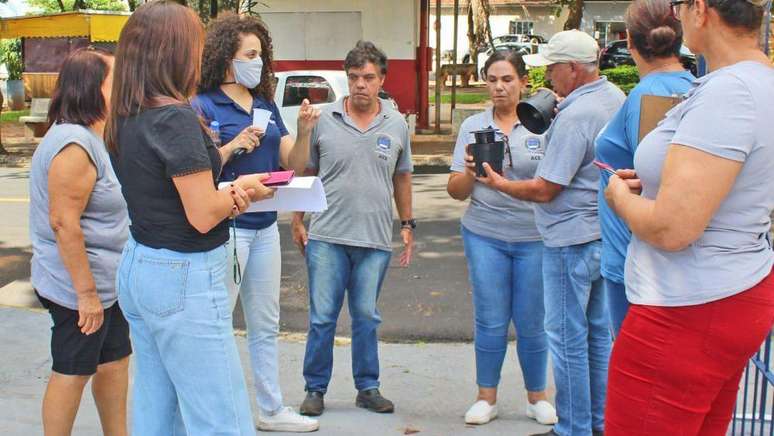
Last year Santa Rosa do Viterbo paid R$99,000 to purchase the traps.
The service also costs R$7,500 per month to maintain the traps.
The price includes the exchange of stickers and substances used in the equipment and laboratory analyzes of the collected materials.
Secretary André Nader says that these values, says the Minister of Health, are lower than the costs incurred by patients who turn to the public health network to treat the disease, which have decreased along with the number of cases.
“In 2022, the city spent about R$704,000 to treat dengue patients. Last year it was R$261,000,” says Nader.
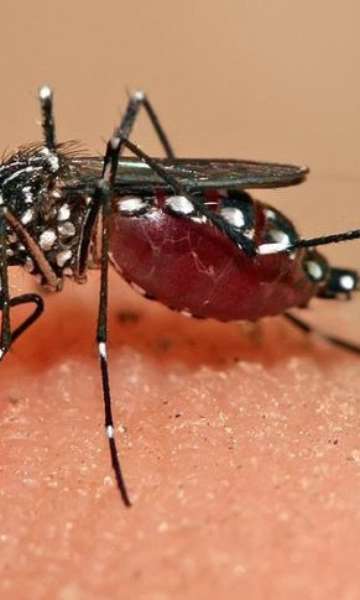
Niterói impresses by using his own mosquito to fight dengue fever
How the trap was created
The mosquito trap was invented by researchers at the Federal University of Minas Gerais about 20 years ago.
It was created from an adaptation of a mosquito trap developed in the 1960s by American researchers.
But instead of trapping the eggs, the Brazilian version traps the mosquitoes themselves to do this monitoring.
The trap therefore allows us to estimate the mosquito population in a given region.
“The operating principle of both traps is the same. Both try to actively search for vectors through collection, facilitating mapping of the most critical locations,” explains Fontes.
In 2019, UFMG sold the trap patent to the Rentokil Group, which currently markets the product.
According to the university, since its creation, about 80 cities in Brazil have used the trap.
There is no data on how many of these municipalities still use the equipment.
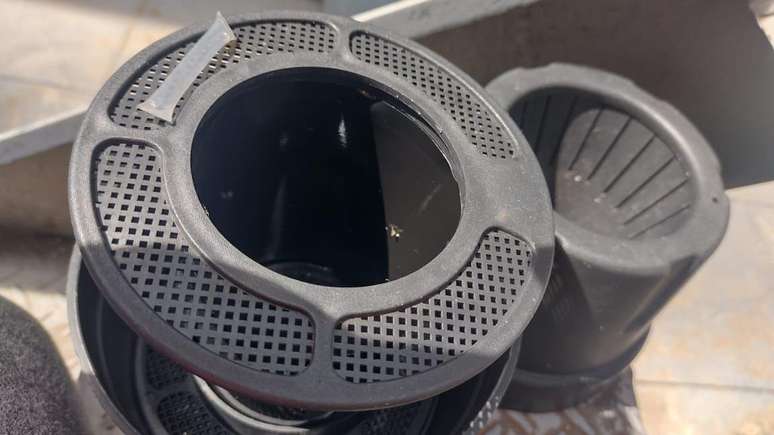
Traps are more effective in smaller cities
Santa Rosa do Viterbo has achieved good results with these traps because they work well in small towns with up to around 30 thousand inhabitants, explain the experts interviewed by BBC News Brasil.
In smaller municipalities it is not necessary to deploy a lot of equipment, which makes monitoring easier.
According to the 2022 census, approximately 79.3% of Brazilian municipalities have up to 30 thousand inhabitants, such as Santa Rosa do Viterbo.
Approximately 45.74 million people live in these 4,419 cities, almost a quarter (22.5%) of the Brazilian population.
The use of traps is not as convenient in larger cities, experts explain, because collecting these materials would require a much larger number of health units and agents, in addition to the expense of the analysis laboratory.
“Large cities have a very high number of outbreaks. Monitoring with traps would be quite expensive,” explains Fernando Barbosa Noll, professor at the Department of Biological Sciences at the Federal University of São Paulo (Unifesp) in São José do Rio Preto.
The strategy would not be as effective also because the virus proliferates faster in larger cities due to the larger number of inhabitants.
“If there is a mosquito epidemic in a neighborhood, when this material is analyzed and the results are published, the residents will already be infected,” says João Leonardo, professor of the Biomedicine course at the Faculdade Anhanguera.
An alternative in large urban centers would be to divide the city into sectors and use the trap in specific areas where there is a high rate of infection by the disease, professionals interviewed in the report said.
“The use of these traps is a good strategy, but in big cities people have more hectic lives and perhaps their maintenance would not be adequate when it comes to large-scale use”, explains Cláudia Fontes, Public Health researcher at the Aggeu Magalhães University Institute of Fiocruz in Pernambuco.
“If installed only at a critical point, it will aid in mapping and direct other combat strategies.”
This is what Curitiba, home to 1.7 million people, did. Between January 1 and February 22 this year, the city recorded 426 confirmed cases of the disease.
In December, the Department of Health placed 650 traps in neighborhoods with the highest number of degue fever cases.
The city combines this with cleanup efforts, searching locations prone to mosquito outbreaks with drones and other types of traps that capture Aedes eggs in Egypti.
The city says it can’t talk about specific results achieved with the mosquito trap because all of these actions add up.
Explosion of cases

In Brazil, from January to today, according to data from the Ministry of Health, 1.2 million cases of dengue and 278 deaths due to the disease have been recorded.
Another 744 deaths are under investigation and awaiting confirmation. The most affected regions are the South, South-East and Central-West of the country.
Professionals interviewed in the report point out that the best way to control the spread of dengue is still to keep homes, yards and grounds clean to prevent mosquitoes from breeding.
“To control dengue everyone must do their part, it is not possible to place all the responsibility on the public authorities,” says biomedical doctor João Leonardo.
“Keeping our yards clean, not leaving areas with standing water and allowing entry to enforcement officers is our obligation.”
To control the spread of the Aedes mosquito in Egypti and infection by the disease, the Ministry of Health recommends some actions:
- Removing containers in homes that can accumulate water and become breeding grounds for mosquitoes;
- Sealing of water tanks and tanks;
- Unclogging of gutters, slabs and drains;
- Participation in the monitoring of dengue prevention and control actions carried out by the Unified Health System (SUS);
- Use of window screens and repellents in areas of known transmission.
Source: Terra
Ben Stock is a lifestyle journalist and author at Gossipify. He writes about topics such as health, wellness, travel, food and home decor. He provides practical advice and inspiration to improve well-being, keeps readers up to date with latest lifestyle news and trends, known for his engaging writing style, in-depth analysis and unique perspectives.

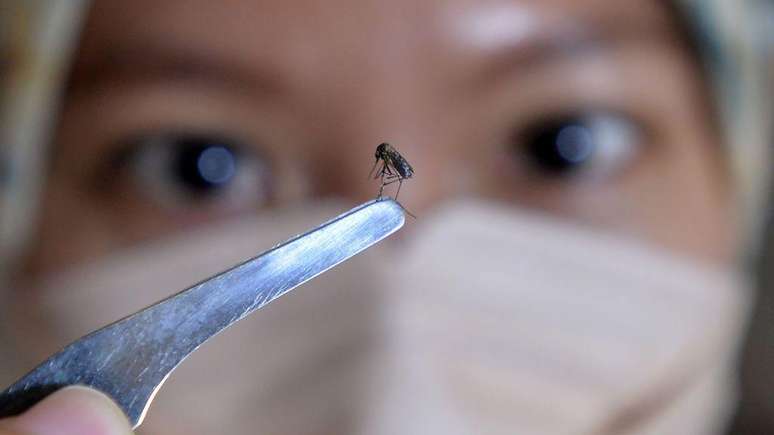



![It All Begins Here: What’s in store for Monday 27th October 2025 Episode 1293 [SPOILERS] It All Begins Here: What’s in store for Monday 27th October 2025 Episode 1293 [SPOILERS]](https://fr.web.img6.acsta.net/img/41/39/413989e0bd493a6d9c6b47c276d6bcf1.jpg)


